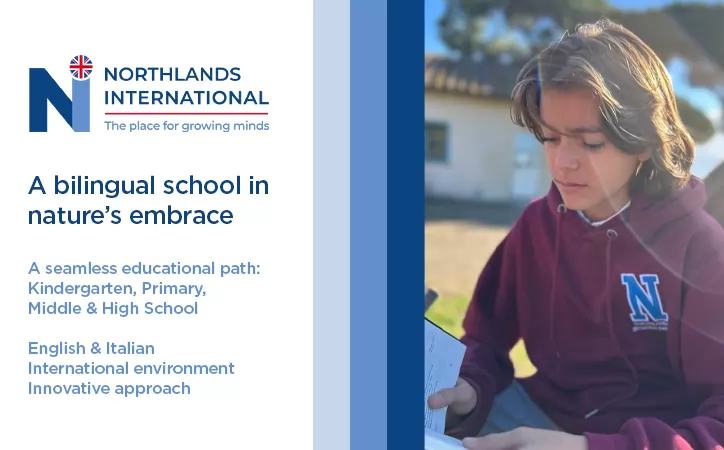Exploring Tivoli's treasures
Tivolis prosperity is evident from the immaculate state of the cobbled streets and the bustle of its numerous shops and eating places. This wealth derives from the great travertine quarries in the plain below and from the thousands of visitors who come to enjoy two UNESCO world heritage sites, Villa Adriana and Villa dEste, for which the town is justly famous. These will soon be joined by another, Villa Gregoriana, long closed but undergoing complete restoration under the aegis of the Fondo Ambiente Italiano and due to reopen early next year. The town will then be in the unique position for a place of its size of boasting three world heritage sites.
Villa Adriana is a vast complex, not yet completely excavated and measuring some 200 ha (against Pompeiis 66 ha). It is so evocative and offers such wonderful views over the surrounding countryside that no brief description can do it justice. However, it may help the visitor trying to envisage what the site was once like to bear in mind that Hadrian designed the villa as his principal residence and the seat of government for a huge empire, not as a quiet country retreat. It was the embodiment of a dream and drew on sites throughout the empire which were considered to epitomise the finest aspects of classical civilisation. The brutal side of Roman life was avoided; hence there was no amphitheatre, with its coarse associations of gladiators and wild beasts. When building began, in the years after Hadrians accession in 117 AD, the empire was at its most extensive and secure; strikingly, there are no defensive walls as there was nothing to fear.
Climb the long hill through groves of magnificent olive trees up to Tivoli itself, past the excellent tourist office in Piazza Garibaldi, to Villa dEste. Those who remember this wonderful water fantasy as it was only a few years ago, with half the jets clogged and the pools disfigured with rubbish, are in for a surprise. Now the fountains almost all spout, the avenues are spotless and the plants are trim. Sadly the villa is no longer open at night; in the dark the gardens were intensely romantic and the defects invisible.
On emerging, briefly enter the church of S. Maria Maggiore just by the villas entrance to admire the fine 13th-century image of the Madonna delle Grazie by the Franciscan Jacopo Torriti. Circling the wall of the villa, you plunge into the mediaeval heart of the town, heading for the cathedral of S. Lorenzo. By the villas side entrance, you pass the romanesque church of S. Pietro alla Carit, with fine, recycled antique columns and a handsome circle of cosmatesque flooring.
You then pass a well-preserved gothic house with external staircase and crenellations in Via Campitelli, before bearing uphill to the right towards the cathedral. Here there is a considerable treasure, the Trittico del Salvatore, an 11th- to 13th-century triptych with a face of Christ set in silver at the centre, and biblical scenes in chased silver and gilt on the two wings. Making your way up and across the town centre, through Piazza Rivarola, you come to various vantage points from which to admire the so-called temple of Vesta, a circular structure with Corinthian columns, and the temple of Sibilla, perched at the very brim of the vertiginous abyss of the Tivoli falls.
The new entrance to Villa Gregoriana will be near these temples; plans include a reception complex, created by Italian architect Gae Aulenti on the site of an old school. Precipitous paths will lead down to the villas galleries, terraces and belvederes, from which visitors will be able to admire the 160 m-high waterfall and the nearby grottoes, natural and artificial. This extraordinary fissure was loved by the ancient Romans, who built villas around it, and it was visited by every educated traveller and artist in the 17th and 18th centuries before being put in order by Pope Gregory XVI in the 1830s. The road around the valley gives further spectacular vistas of the villa and falls, and after two km leads to the sanctuary of S. Maria Quintiliolo, which houses a much revered 11th-century Byzantine icon of the Madonna with Child.
Villa Adriana. 09.00-18.30. The audioguide is excellent, and there are tours led by archaeologists on Saturdays and Sundays. The villa is reached by car or by bus from Ponte Mammolo (with a ten minute walk from the Via Tiburtina). Tel. 0774382733. Admission 6.50.
Villa dEste. 08.30-19.45. Tel. 0774312070. Admission 6.50.
Villa Gregoriana. More information about the restoration project is available at www.fondoambiente.it.
There are restaurants for all budgets in this area. Particularly recommended are:
Buca di S. Antonio, Vicolo di S. Antonio 19, tel. 0774318961. Tues closed. Simple menu 25. Il Ciocco, Via Ponte Gregoriana 33, tel. 077433482. Mon closed. Traditional, 30-40. Also pizzas. Antica Hostaria dei Carrettieri, Via D. Giuliani 55, tel. 0774330159. Wed closed. Highly original dishes, 50. Antiche Terme di Diana, Via dei Sosii, tel. 0774335239. Mon closed. Charming garden, 40.
Picture: The temple of Vesta viewed from across Villa Gregoriana.

















